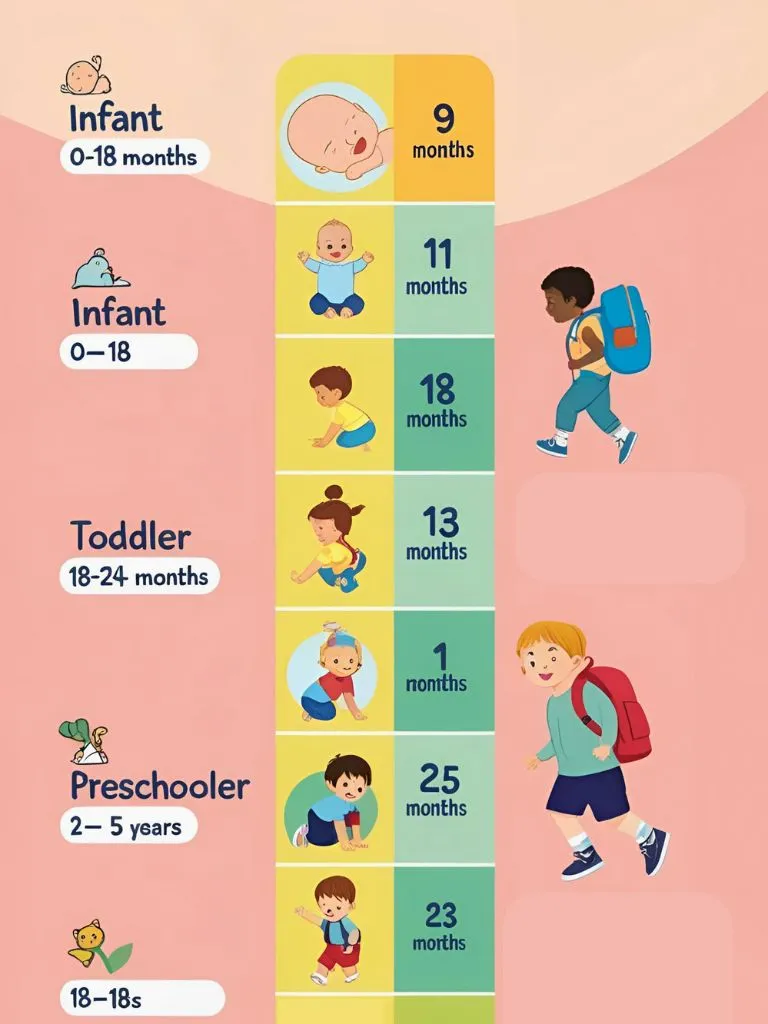By Jessica, Mom of Three
“I just need five minutes,” I whispered, handing my toddler the tablet. It was supposed to be a quick fix—a moment to breathe, to sip my coffee while it was still warm. But five minutes turned into fifteen, then thirty. The guilt crept in as I watched her engrossed in the screen, her toys untouched, her imagination on pause.
If you’ve ever found yourself in this scenario, you’re not alone. As a mom of three, I’ve been there more times than I’d like to admit. Navigating screen time in today’s digital age is one of the trickiest parts of parenting. We want to protect our children’s development, but we also need moments of respite.
So, how do we strike that balance? Let’s explore practical, research-backed guidelines to help you make informed decisions about screen time for your little ones.
Understanding the Impact of Screen Time on Young Children
Before diving into guidelines, it’s essential to understand why screen time matters. Excessive screen exposure in early childhood can lead to:
- Language Delays: Studies have linked high screen time with slower language development in toddlers.
- Sleep Disruptions: Screens, especially before bedtime, can interfere with sleep patterns.
- Behavioral Issues: Overexposure may contribute to attention problems and reduced social skills.
But it’s not all doom and gloom. When used thoughtfully, screens can offer educational value and opportunities for connection, especially when co-viewed with a caregiver.
Screen Time Recommendations by Age
Infants (0–18 Months)
- Recommendation: Avoid screen time, except for video chatting with family.
- Why: Babies learn best through real-world interactions. Screens can’t replicate the nuances of human engagement.
Toddlers (18–24 Months)
- Recommendation: Introduce high-quality programming sparingly and always co-view.
- Why: At this age, children can start to understand content with adult guidance, but passive viewing offers little benefit.
Preschoolers (2–5 Years)
- Recommendation: Limit screen time to one hour per day of high-quality content.
- Why: Educational programs can support learning, but balance with physical activity and unstructured play is crucial.
Practical Tips for Managing Screen Time
Implementing guidelines is one thing; sticking to them is another. Here are some strategies that worked for our family:
1. Create a Media Plan
Outline when and where screens are allowed. For example:
- Morning: 30 minutes of educational programming after breakfast.
- Afternoon: Screen-free playtime and outdoor activities.
- Evening: No screens an hour before bedtime.
2. Designate Screen-Free Zones
Keep bedrooms, the dining table, and play areas free from screens to encourage interaction and rest.
3. Co-View and Discuss
Watch programs with your child and engage in discussions about the content. This enhances comprehension and critical thinking.
4. Model Healthy Habits
Children mimic adult behavior. Limit your screen use during family time to set a positive example.
5. Offer Alternatives
Provide engaging non-screen activities:
- Arts and Crafts: Encourage creativity with simple supplies.
- Reading Time: Establish a daily reading routine.
- Outdoor Play: Promote physical activity and exploration.
Navigating Challenges and Setting Realistic Expectations
Perfection isn’t the goal—balance is. There will be days when screens are used more than intended, and that’s okay. The key is to remain mindful and adjust as needed.
Remember, it’s about creating a healthy media environment that supports your child’s development and your family’s well-being.
Final Thoughts
Managing screen time for children under 6 is a nuanced journey. By understanding the recommendations and implementing practical strategies, you can foster a balanced approach that benefits your child’s growth and your family’s harmony.
Join the Conversation: How do you manage screen time in your household? Share your tips and experiences in the comments below. Don’t forget to save this post for future reference and share it with fellow moms navigating the digital parenting landscape.




